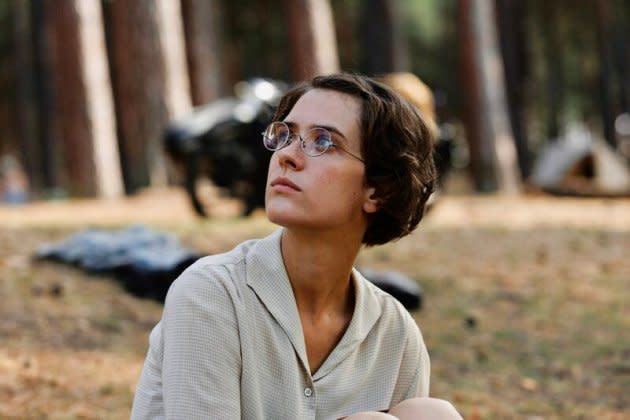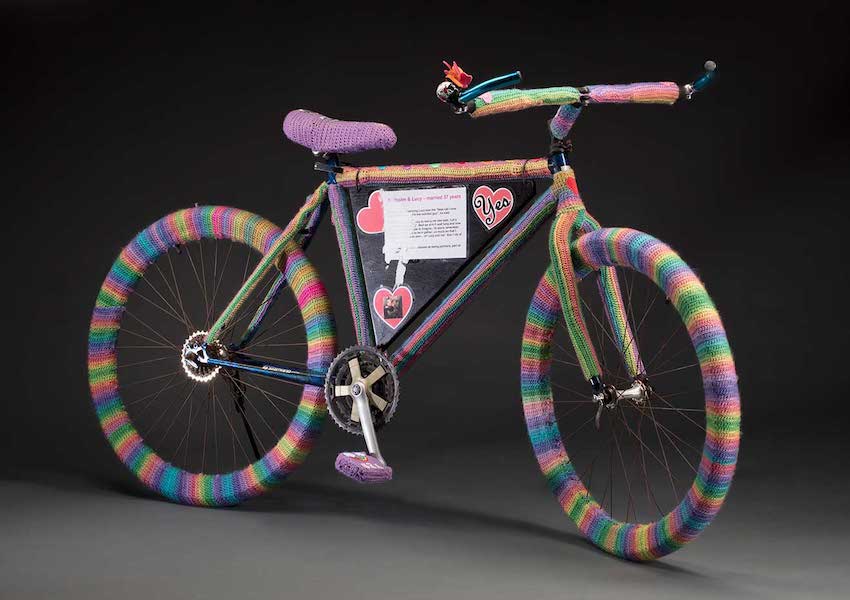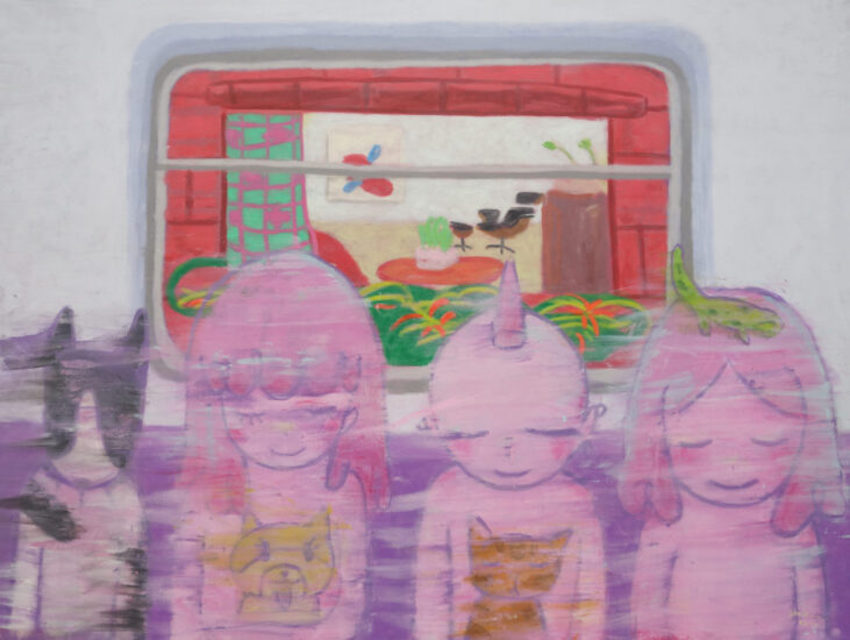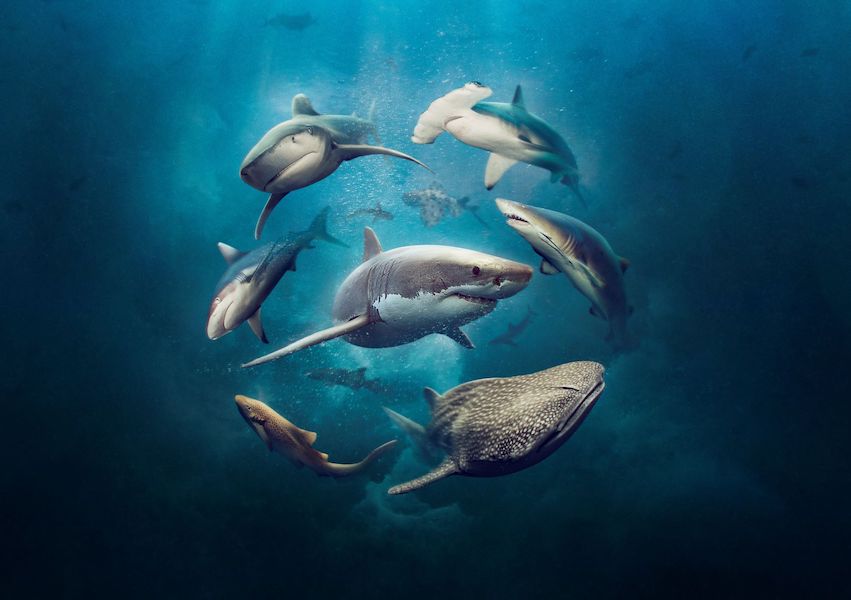
PHOTOGRAPHY & PLACE
Much as the Australian landscape has dramatically altered in the past 40 years, so too has the way our artists respond to it. Spanning the 70s to today, Photography & Place promises to be a comprehensive and illustrative overview of Australian landscape photography, its consistencies and deviations, through the eyes of 18 artists (including Bill Henson, Ricky Maynard and Rosemary Laing). Vigen Galstyan from the AGNSW gives us a sneak peak.
What image for you sums up the concept behind the exhibition and why?
The exhibition is really about the impossibility of summing up and defining notions of place so it is difficult to chose one image that sums up the exhibition itself: the photographs create an active dialogue between these various points of view that explore the complexities of relationship between humans and the natural environment. Michael Riley, flyblown (1998) encapsulates perfectly these fraught connections and contradictions, as well illustrating both the conceptual and formal tendencies of recent Australian photography.
How would you define the relationship Australian photographers have with land and place?
Photographic approaches to the land and place in Australia changed dramatically from the 1970s. There was a clear tendency among many younger photographers to take a critical, deconstructive stance towards the depiction of Australian landscape. They aimed to break-away from the all-encompassing view of the landscape by drawing attention to the role of the photographer itself, the historical dimension of what constitutes a place and point to the multiple ways that a ‘landscape’ was constructed and seen. Thus many of the practitioners adapted a serial, sequential format which prevents us from having a fixed, defined perspective.
What are the challenges in putting together an exhibition like Photography & Place?
As always, the sheer variety and diversity of contemporary art provides challenges for the curator in terms of the focus.
As our landscape evolves so to no doubt do the stories we tell about it. What changes can you identify in the work of contemporary or next-generation photographers?
More recently one can observe an inclination to question the very possibility of seeing itself in the works of photographers such as David Stephenson and Simone Douglas who have moved away from the highly politicised concerns of the earlier photographers into the realm of metaphysics and the sublime. I think contemporary photography is actively seeking new ways of looking and unravelling our reality. This is a direction that is in many ways also pre-determined by technological developments, which open up fresh pathways for not only seeing but also presenting artworks. It is an exciting, albeit chaotic time for photography.
Mar 16-May 29, Art Gallery NSW, Art Gallery Rd, The Domain, 1800 679 278, artgallery.nsw.gov.au










